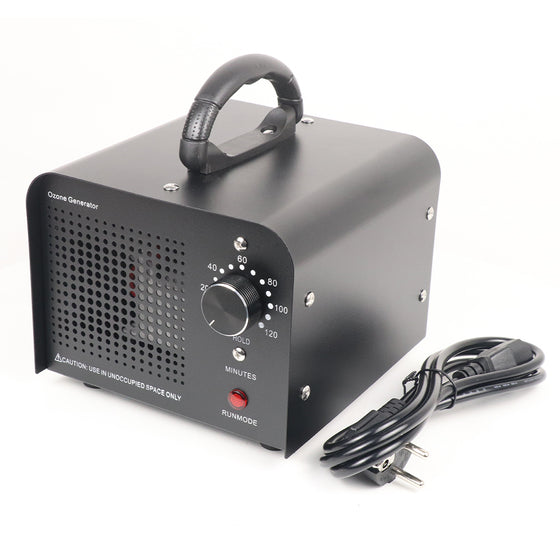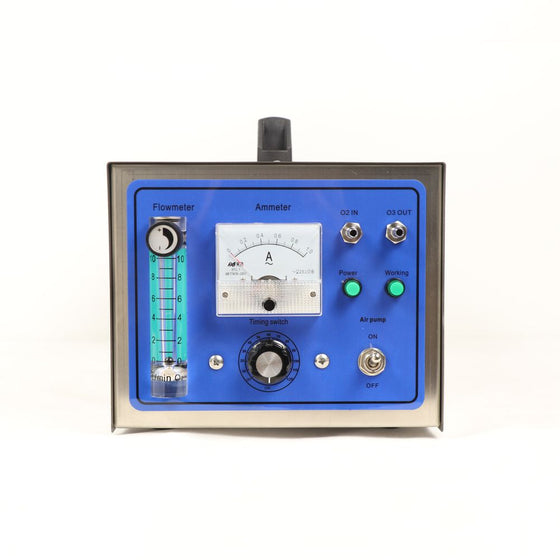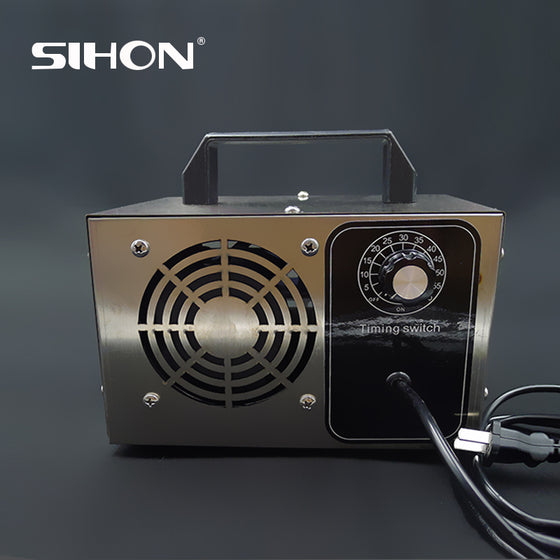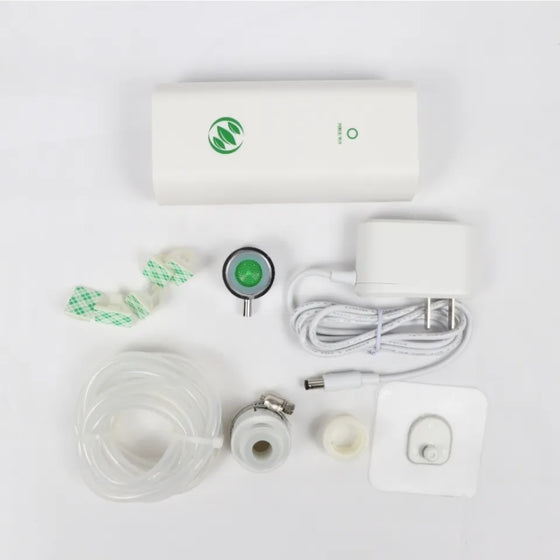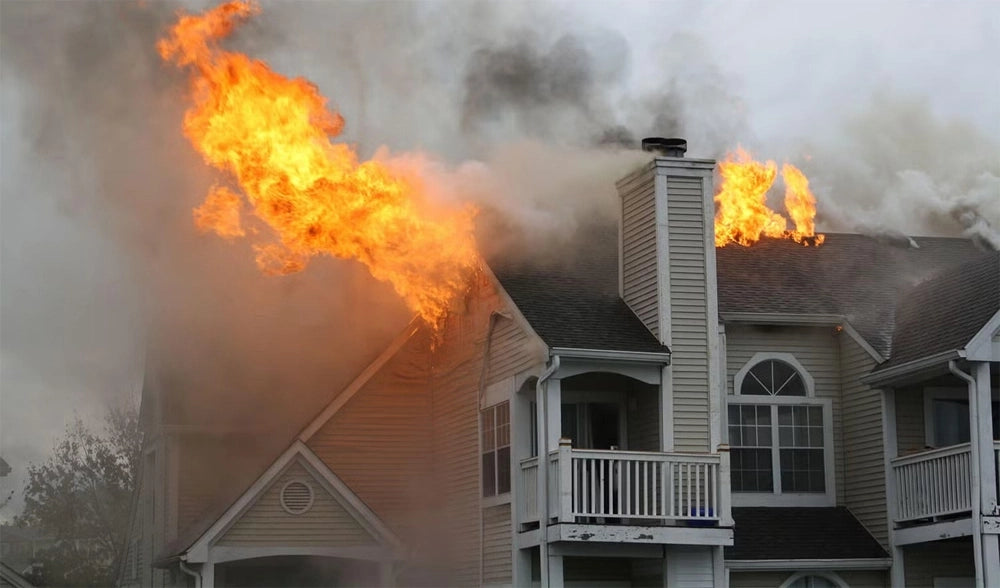How to Get Rid of Mold and Musty Smell from a Wardrobe with Ozone?

If you’ve ever had a musty smell in your wardrobe, you know how unpleasant it can be. Not to mention, it can also be unhealthy if the mold is left unchecked. In this blog post, we’ll show you how ozone can help get rid of that pesky mold and musty smell for good! Keep reading to find out more.
Ozone is a powerful oxidant that destroys both mold and mold spores. Ozone generators can be used on mold-infested rooms as well as ductwork recesses. However, any moisture issues should first be addressed before attempting to utilize ozone to eliminate mold; otherwise, the ozonation process will not be effective.
The effectiveness of ozone is its thoroughness. You can restore a mildewed wall, but if you overlook the studs behind, mold may return in a year. The ubiquity of air–and therefore the ozone in it–keeps this from happening.
The scent of mold is often described as musty or stale by most people. Mold spores are so tiny that they cannot be seen without a microscope. The growth of mold and its visibility are caused by the contact of mold spores with a wet surface. As a result, mold may frequently be found after a flood. Mold’s distinctive musty, mildewed odor will also grow stronger and more noxious as time goes on if it is not addressed. Mold thrives in damp or wet places, which often means it appears after water damage in rooms like bathrooms, laundry closets, and cellars.
Where Mold Odors are Commonly Present?
Mold can commonly be found in areas where there is high humidity or water damage. Vents and windows, leaks, and water disasters can all contribute to mold development. Mold spores will sprout on any surfaces that they believe may be suitable for living (which is most likely to be on wet surfaces), so keep this in mind while reading on. Mold can grow on almost any surface, including drywall, carpets, cabinets, and even concrete. Check for mold in these areas specifically:
- In basements and crawlspaces
- In a wardrobe
- In bathrooms, especially around the shower or tub
- Behind or under cabinets in kitchens
- In any room where there is water damage
- On window sills, especially in humid climates
- Near air vents
Ozone Treatment in a Wardrobe
If you’ve ever had a wardrobe that’s gotten moldy or musty, you know how difficult it can be to get rid of the smell. Not only is it unpleasant, but it can also be dangerous to your health.
The good news is that ozone generators are effective at removing mold and musty smells from wardrobes. Ozone is a powerful oxidizing agent that breaks down molecules, including mold and mildew. As a result, it’s an effective way to destroy mold spores and eliminate musty smells.
To use an ozone generator, simply place it in the affected area and let it run for a 20-30 minutes. Once the cycle is complete, you’ll notice a significant difference in the smell of your wardrobe. Plus, you’ll know that your clothes are safe to wear again.
How to Remove Mold/Mildew Using Ozone
To fully eliminate the mold odor, you must first eliminate the source of the problem. Ozone will relieve your mold problems while also killing/stopping the mold spores from growing.
Step 1
Purchase a high-powered ozone generator. The milligram-per-hour ozone output should be at least 2,000 and preferably 6,000. The higher the output, the better. You can checkout different ozone generator options here.
Step 2
Check for any leaks and use a dehumidifier to remove moisture and humidity from the space. Mold thrives best in humid conditions, therefore using ozone to combat it is most effective in dry settings.
Step 3
Give the ozone a boost by first cleaning off any visible mold with water and bleach, or a boric acid-hydrogen peroxide combination. Remember that the value of ozone is not that it destroys all mold, no matter how many layers there are, but that it penetrates the hidden mold you can’t see or touch that would otherwise lead to a recurring problem months later.
Step 4
Set the generator for 30 minutes on the timer. For bigger rooms or higher volumes of mold, you can repeat the ozone treatment process. After turning it on, leave the room.
Step 5
After that, leave the area vacant for two hours beyond the time limit.
New Arrivals
Leave A Reply
Your email address will not be published. Required fields are marked *
